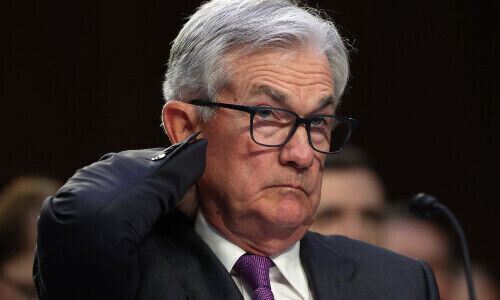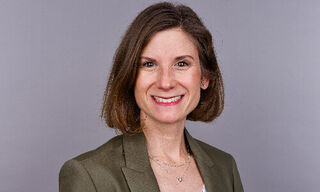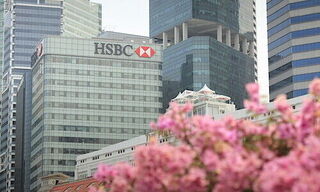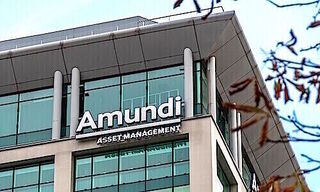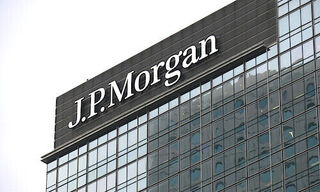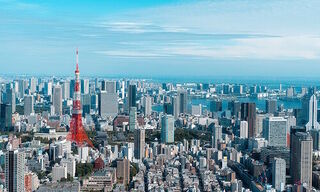These days, financial markets are plagued with worries over interest rates and economic developments. Investors are hoping central bankers' meeting in Jackon Hole will shed light on the course of monetary policy.
As always at the end of August, the eyes of the international financial community turn to Jackson Hole, Wyoming. From Thursday to Saturday, the world's leading central bankers converge at the ski oasis in the Grand Tetons for the annual Summer Symposium of the US Federal Reserve. In the past, the Jackson Hole symposium has been used by Fed chairs to provide updates on the state of the economy and to hint at possible policy changes.
Investors and macroeconomists are therefore wondering what Fed Chairman Jerome Powell will have to say this year. His speech is scheduled for Friday and will be broadcast on the Kansas City Fed's YouTube channel for the general public.
Powell's remarks are highly anticipated. After all, the Fed only recently published the minutes of its July meeting, showing that most Fed governors saw a significant upside inflationary risk. The Fed could therefore consider a further rate hike at its next meeting.
Central Banks in a Dilemma
Last year, the main topic of the symposium was unsurprisingly inflation, which gives way this year to the theme of «Structural Shifts in the Global Economy.» To some extent, this reflects the dilemma currently facing central banks generally.
It's true that most major central banks have wounded, if not yet slain, the inflationary dragon and the next challenge for the industrialized countries is to maintain growth and prevent the economy from sliding into recession, and effect a soft landing.
In his speech last year, Powell warned of some pain for households and businesses as a result of the rate hikes.
Goal Not Yet Achieved
The Fed's larger goal of a 2 percent inflation rate remains unmet despite having declined. To be sure, recent data show that wage and price pressures have eased further, which could allow for a pause in interest rates. On the other hand, the labor market and consumer spending remain very strong, and the US economy shows no signs of fatigue despite the series of rate hikes to date. This could continue to cause concerns for monetary policymakers regarding inflation.
The question of how Powell will assess these developments is therefore crucial. The only certainty is the Fed won't rest until inflation is under control and shows no signs of resurgence, as was the case in the Volker era.
Market participants will also be reading the tea leaves closely to see how the Fed chair views the recession outlook. In addition, any hints as to if and how the Fed envisions cutting rates next year will be of great interest to investors.
What's the ECB Doing?
European Central Bank President Christine Lagarde is also slated to speak on Friday. The ECB's next interest rate decision is due in September, so investors are hoping for clues about what might happen in a few weeks. In July, the ECB chief said the institution was approaching decisions in the fall and beyond with an unbiased eye.
Available economic data will determine whether the ECB raises rates or pauses, she said. Economists expect inflation in the euro area to fall slightly, but see the economic outlook in the currency block as predominantly gloomy, especially for its German economic engine.
SNB's Turn Comes in September
The ECB's interest rate move is also being followed closely, especially by the Swiss National Bank (SNB) and its president Thomas Jordan, as finews.com reported. The SNB announces its interest rate decisions as part of its quarterly monetary policy assessments in September and again in December. A further interest rate hike of 25 basis points by the end of the year is entirely possible, with conditions for interest rate cuts in Switzerland unlikely to develop until next year at the earliest.

